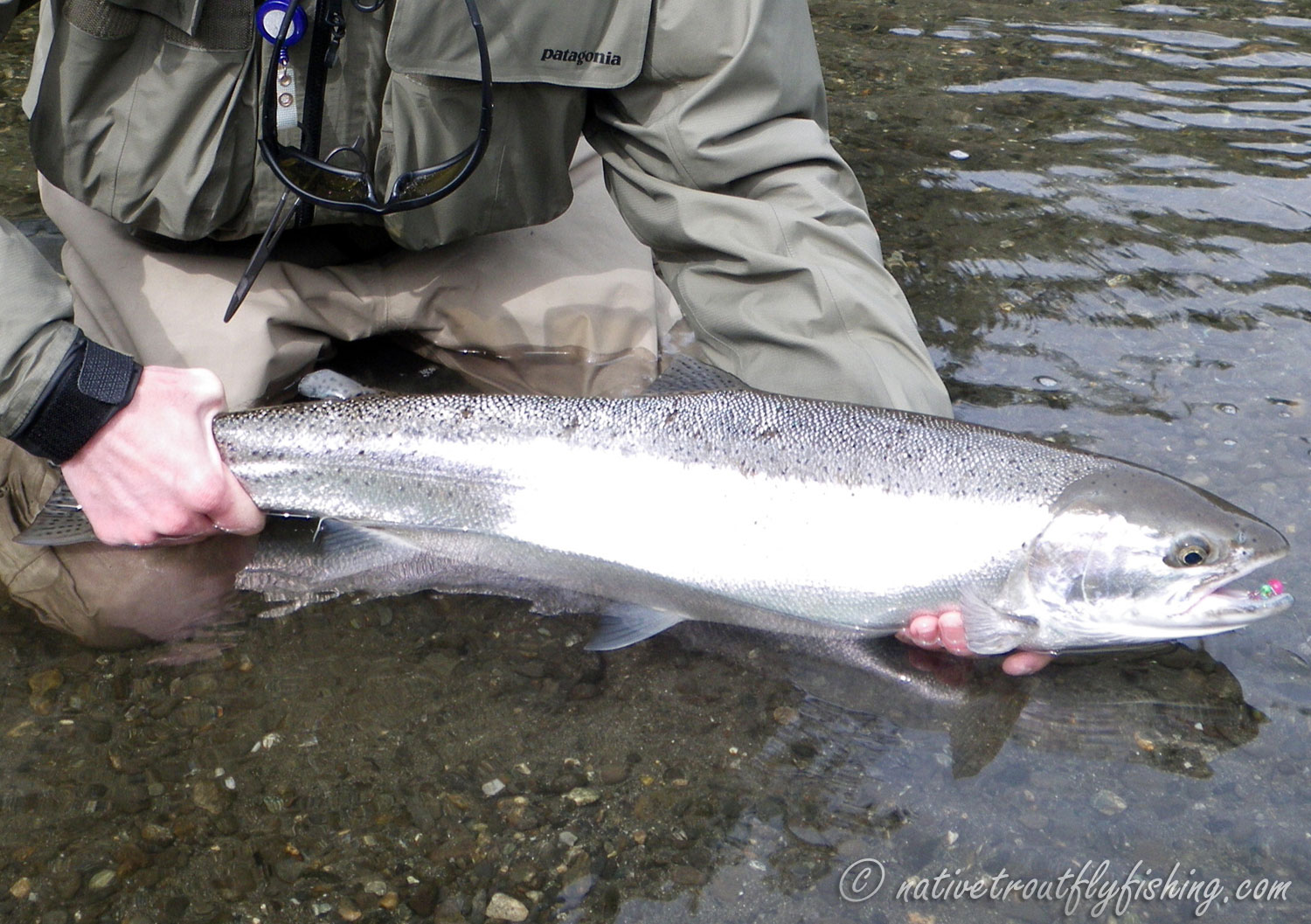
The following article can be found at the North Central Regional Aqaucutlrue Center’s website: Lake Erie Trout and Salmon: Handling and Preparation (pdf) The economic impact of proposed effluent treatment options for production of trout Oncorhynchus mykiss in flow-through systems (pdf)įeasibility Assessment of Freshwater Artic Chart and Rainbow Trout Grow-out in New Brunswick Trout Farming Carrying Capacity and Inventory Management Trout Production: Feeds and Feeding Methods (pdf) Trout Production: Handling of Eggs and Fry (pdf) Rainbow trout prefer to spawn at temperatures between 50 and 55☏. Rainbow trout can tolerate a relatively broad range of water temperatures but prefer water temperatures between 50 and 60☏. They grow rapidly, a little over one inch per month at the ideal water temperature of 59☏, and reach market size of 1 to 2 pounds from 10 to 15 months of age. They readily accept prepared feeds from their first feeding on. Rainbow trout are easy to spawn, and the fry are large compared with most other aquaculture species. farm-raised trout provide.Īs with other successful aquaculture species, rainbow trout possess desirable characteristics that contribute to their culture. People across the country enjoy both the food and recreational opportunities that U.S. Several species of trout, including brook trout and brown trout, are grown on fish farms throughout the United States, but rainbow trout make up the majority of farm-raised trout. The sale of eggs accounted for an additional $7.1 million. Total production of food-size fish, stockers, and fingerlings produced in 2010 was 47.5 million pounds with a farm-gate value of $71.3 million. In 2010, there were 814 operations selling trout and/or distributing fish and/or eggs for conservation or recreational purposes ( National Agricultural Statistics Service).

This revolutionized the trout industry by allowing hatcheries to raise far higher numbers of young fish, which initially were stocked into rivers, lakes, and ponds. The development of an artificial spawning system for egg incubation and early rearing of fry was a major achievement. America’s westward expansion created more demand on local fish populations. The trout industry in the United States traces its roots back to the mid-1800s. Gary Fornshell, Extension Educator/Aquaculture, University of Idaho


 0 kommentar(er)
0 kommentar(er)
